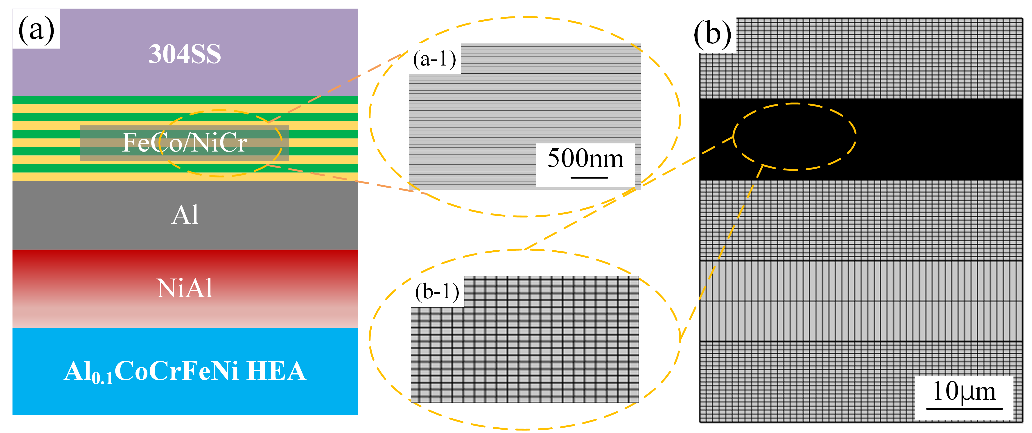Found 52 results
Open Access
Article
28 September 2025Enhancing the Performance of Sr2Fe1.3Ni0.2Mo0.5O6−δ as Methane-Fueled SOFC Anode via In-Situ Exsolution of Ni-Fe Nano-Catalyst
The Sr2Fe1.5Mo0.5O6−δ (SFMO) perovskite exhibits promising performance as a solid oxide fuel cell (SOFC) anode for hydrogen fuel but demonstrates limited catalytic activity with hydrocarbon fuels. To address this limitation, a Sr2Fe1.3Ni0.2Mo0.5O6−δ (SFNMO) perovskite was developed via B-site Ni substitution, and its in-situ exsolution behavior and methane electrooxidation performance were systematically investigated. Combined XRD, SEM, and TEM-EDS analyses reveal the in-situ exsolution of Ni-rich Ni-Fe alloy nanoparticles from the SFNMO matrix under a hydrogen atmosphere. A symmetrical SOFC employing Gd0.1Ce0.9O2−δ (GDC) electrolyte and SFNMO electrodes achieved an initial maximum power density of 82 mW cm−2 in wet methane fuel at 800 °C, which represents an approximately 33% improvement over the symmetrical cell with SFMO electrode (61 mW cm−2). Remarkably, the cell maintained stable operation under constant current for 50 h in methane fuel, with the peak power density further increasing to 113 mW cm−2, demonstrating the excellent catalytic activity of the in-situ exsolved Ni-Fe nanoparticles for methane conversion.
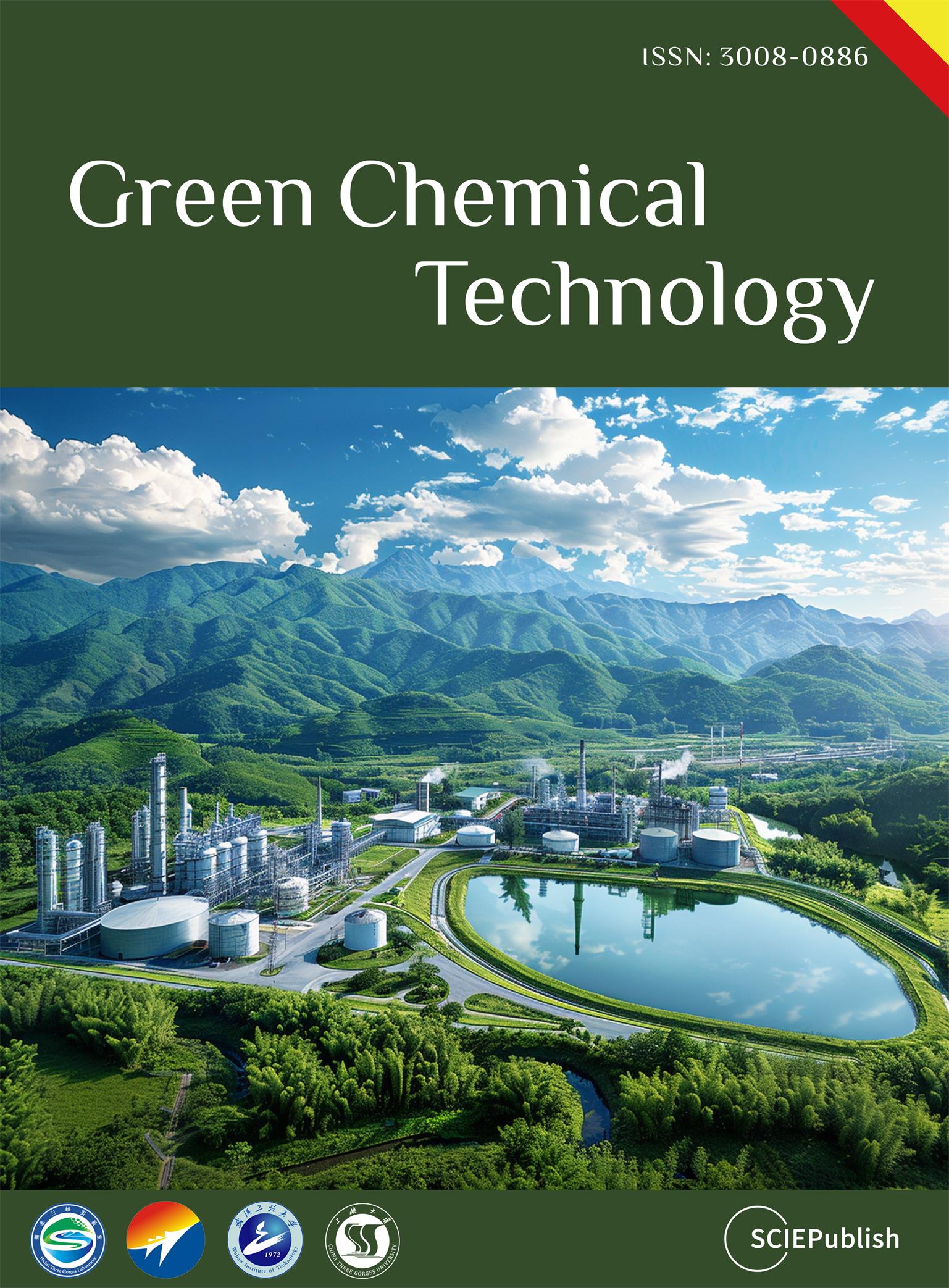
Open Access
Article
26 September 2025Land Use and Land Cover Assessment of Jalandhar, India: A Comparative Analysis of Machine Learning and Visual Interpretation
For the sustainable management of natural resources and to understand how the climate affects the landscape, accurate land use and land cover (LULC) classification is essential. Robust classification techniques and high-quality datasets are necessary for precise and effective LULC classification. The effectiveness of various combinations of satellite data and classification techniques must be carefully evaluated to help choose the optimal strategy for LULC classification, given the growing availability of satellite data, geospatial analysis tools, and classification techniques. This study focuses on the LULC classification of Jalandhar, Punjab, India, using machine learning (ML) algorithms and visual image interpretation. Sentinel-2 satellite data, with its high spatial and spectral resolution, has been utilized for feature extraction and classification. Python was employed for implementing various ML algorithms, including Random Forest (RF), Support Vector Machine (SVM), K-Nearest Neighbor (KNN), Gradient Boosting (GB), Multi-Layer Perceptron (MLP), and Decision Tree (DT), while ArcGIS was used to classify LULC using visual image interpretation and for maps preparation. Agriculture was the dominant class across all methods, with GB estimating 1774.26 sq.km, followed by plantation (268.13 sq.km) and built-up areas (171.76 sq.km). Waterbodies were mapped with high precision due to their distinct spectral features, with estimates ranging from 18.34 sq.km (GB) to 26.05 sq.km (Visual interpretation). Among all models, GB outperformed others with the highest overall accuracy (95.0%) and a kappa value of 0.94, followed by RF (94.2%), and SVM (93.8%). Visual interpretation achieved a comparative accuracy of 90.1%, though it showed limitations in distinguishing spectrally mixed classes like plantation and built-up. This study concludes that while Visual interpretation remains a useful and accessible method, especially for real-time interpretation, ML-based approaches, particularly GB and RF, offer superior accuracy and reliability. The study highlights the importance of visual interpretation for a better accurate LULC at a regional level; meanwhile, leveraging advancements in ML algorithms in a hybrid approach will enhance the accuracy in many-fold.
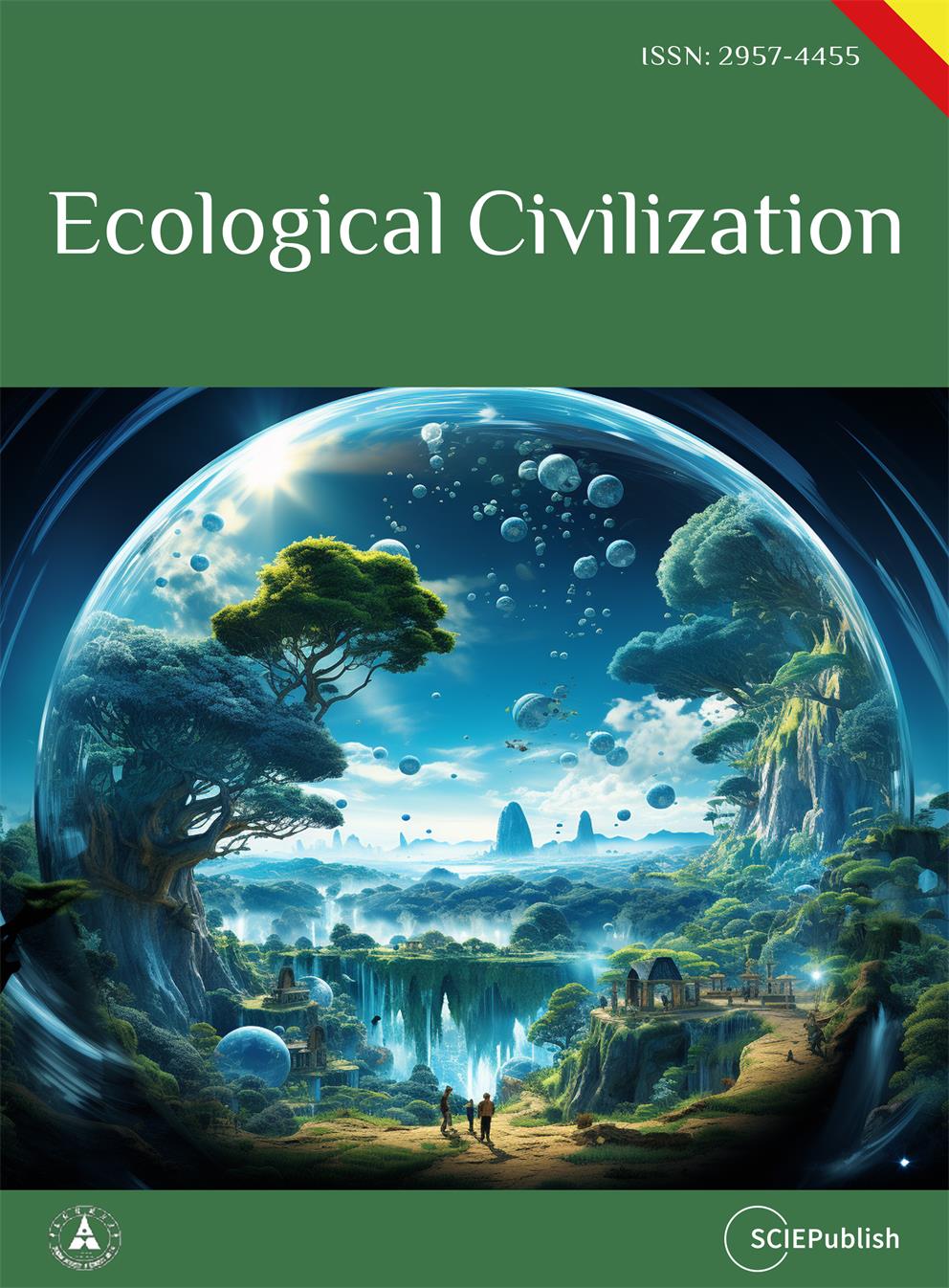
Open Access
Correction
24 September 2025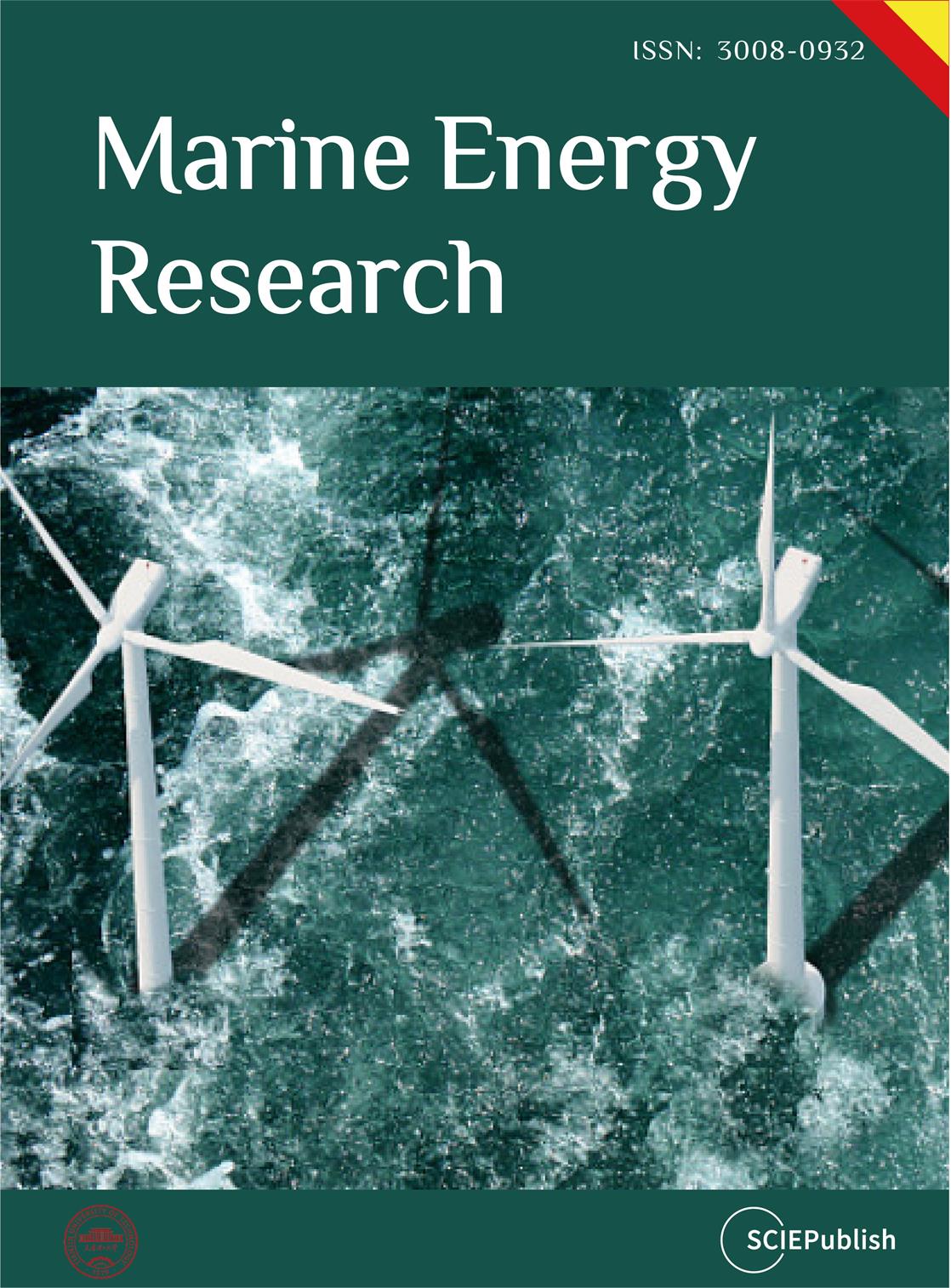
Open Access
Article
23 September 2025Promoting Sustainable Development through Community Education on Flood- and Storm-Resistant Architecture
Pakistan is experiencing climate-induced disasters such as floods and storms with an increased frequency and intensity every single year. This study aims to explore the integration of resilient architecture into environmental education as a pathway toward sustainable development and disaster risk reduction. The research examines current levels of understanding regarding flood- and storm-resistant building practices and identifies key barriers to their adoption in high-risk regions of Pakistan. The study used a mixed-methods approach by administering surveys. These surveys were administered to 500 community members in different cities of Sindh and Punjab. The study also incorporated two in-depth case studies: the Heritage Foundation’s low-cost housing initiative in Makli, Sindh, and the Aga Khan Agency for Habitat’s Safe Housing Program in Chitral, Khyber Pakhtunkhwa. These cases provide valuable insights into effective, culturally appropriate, and scalable models of resilient construction in Pakistan. Findings of the present study reveal that public awareness of resilient architecture is below a satisfactory level, with common misconceptions. Challenges, including high costs, lack of technical knowledge, and minimal government support, were identified as significant obstacles. Despite these issues, communities showed strong interest in learning about safer building practices when exposed to practical examples and local success stories. The study recommends integrating resilient construction education into community outreach, school curricula, and builder training programs. It also advocates for greater government involvement, financial incentives, and replication of proven models to foster widespread adoption of resilient architecture for long-term sustainability.
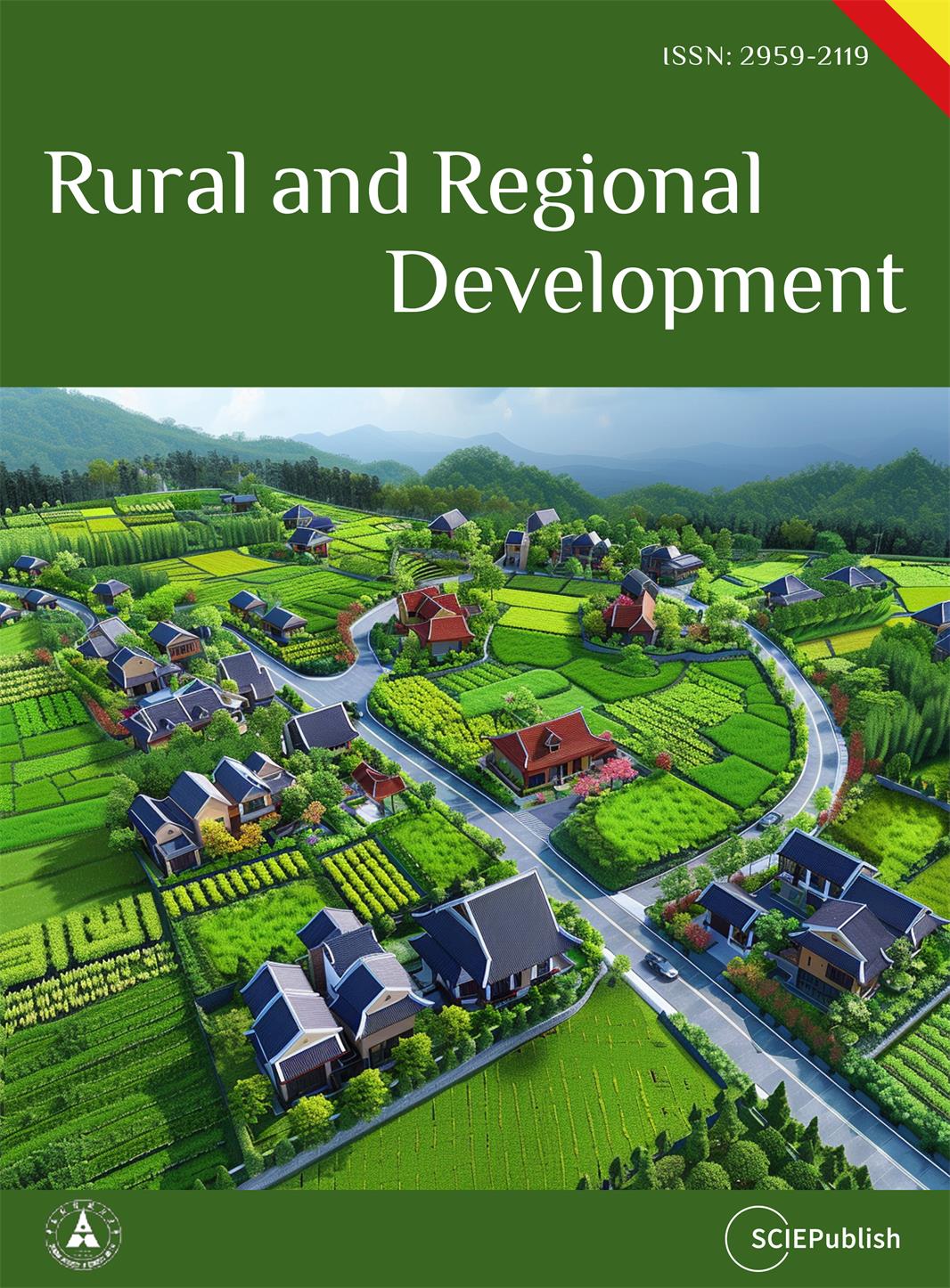
Open Access
Article
08 September 2025Open Water in Winter: An Influential but Underestimated Ecosystem in Northern Boreal Mountain Regions
Patches of open water (polynyas) persist throughout six-month winters on many ice-covered lakes in boreal mountain ecoregions of northwestern North America. We explored their distribution, hydrological correlates, and the diversity of species using them from freeze-up to break-up. In headwater drainages, lakes with outflow polynyas were significantly larger than those without, but many small lakes also had polynyas. There was a consistent threshold in upstream catchment size below which outflow polynyas were absent and above which they persistently occurred in downstream lakes. Outflow polynyas depend on winter-long through-flow of water, likely maintained by the hydraulic head of higher elevation ground water in perched water tables in this region of very limited permafrost. Based on camera trapping, two species, the American dipper and river otter, used polynyas heavily throughout winter foraging. Polynyas likely provided crucial forage for at least 9 species of migratory waterfowl (Anatidae) to complete their spring migration or to prepare for reproduction on local lakes. Cameras recorded additional 5 bird and 11 mammal species, as foragers, scavengers, or incidentally. We report previously undocumented significance of these spatially-limited and seasonal polynya ecosystems in expanding the diversity of winter ecological opportunity for numerous species on small to medium-sized lakes.
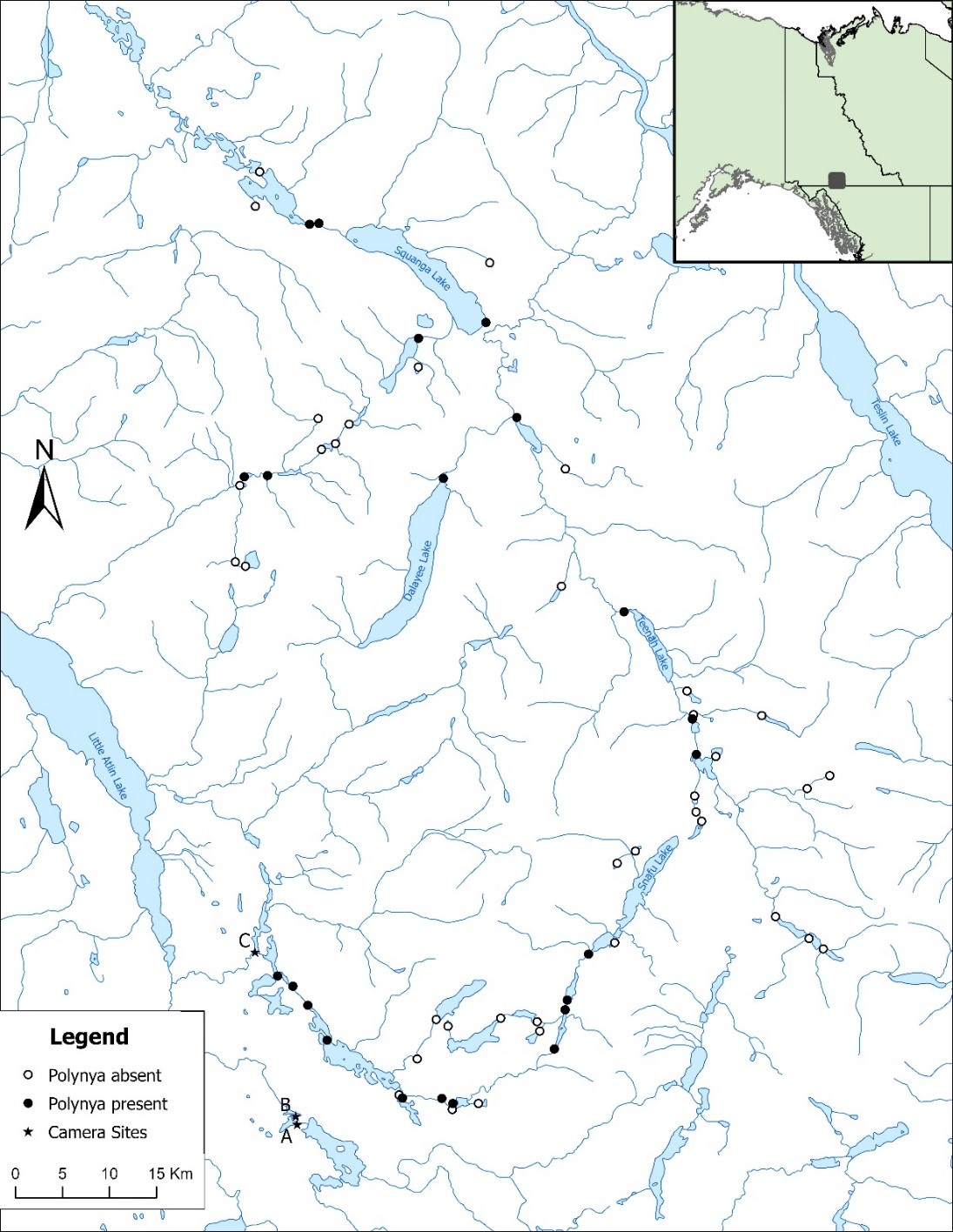
Open Access
Article
28 August 2025Initiation of Surface Processes by Resonance IR Laser Excitation—State and Perspectives
A possibility to initiate surface reactions by resonant IR laser radiation has been studied. Several systems have been tried, including those with linkage isomerism, such as CO bound to cations in zeolites, decomposition of adsorbed unstable molecules like ozone or HN3, reactions of vibrationally excited molecules with coadsorbed species, or the effect of resonance excitation of hydroazide acid HN3 upon its ability to induce the protonation of dimethylpyridine adsorbed on silanol groups of silica. In almost all the experiments, the changes caused by irradiation were weak, and isotopic selectivity was rather poor. The choice of systems and possible ways to improve their characteristics are discussed as well as the perspectives of their usage for isotope separation or other practical tasks.
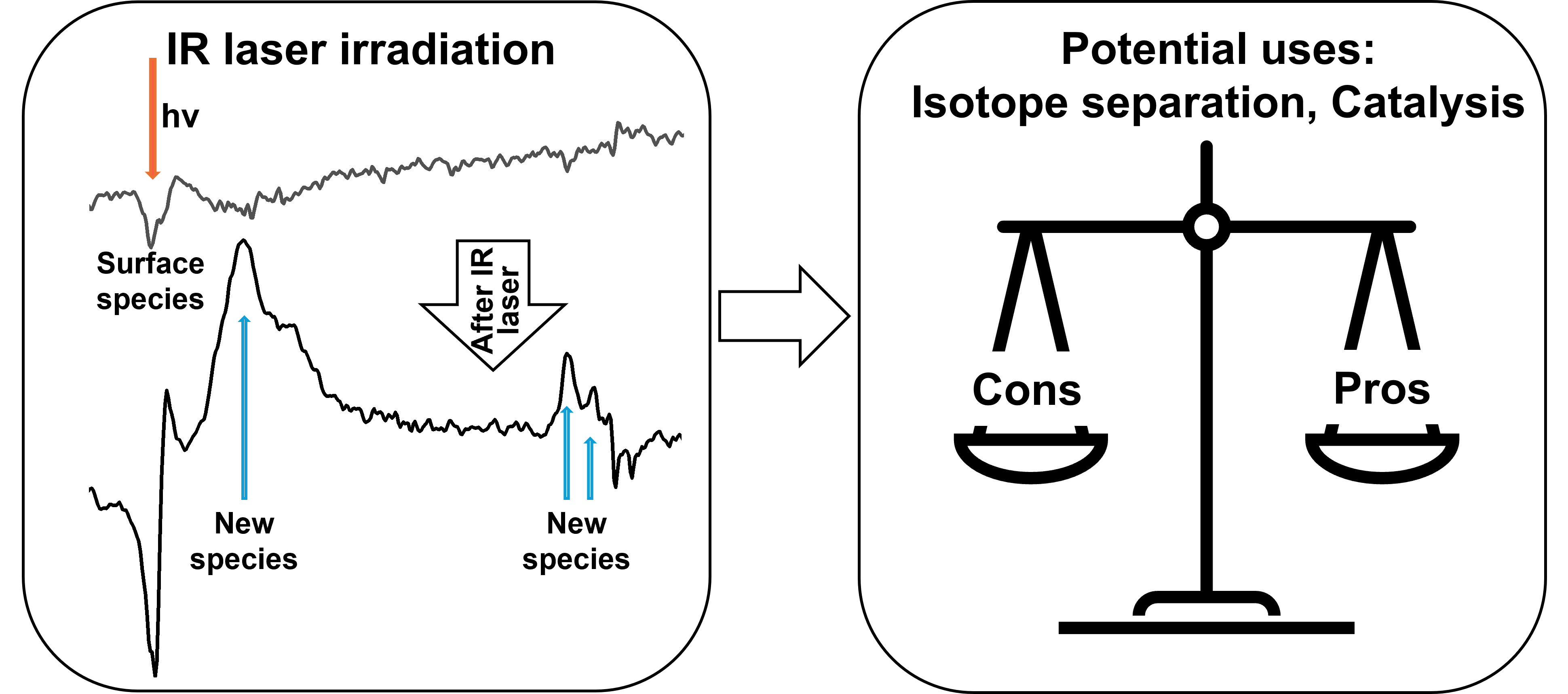
Open Access
Case Report
11 August 2025Transition to Hydrogen Aviation: A 2030–2050 Scenario Performance Analysis for an Airline
This study presents a realistic hypothetical scenario-based analysis of an airline’s transition from kerosene to hydrogen propulsion between 2030 and 2050, under a Techno-Economic Environmental Risk Assessment (TERA) framework. Two scenarios are modelled: a baseline fleet scenario using only conventional CMRT and CLRT aircraft, and a hydrogen transition scenario that introduces hydrogen-powered Airbus ZEROe and HVLMR aircraft starting in 2035. Using detailed aircraft (Orion from Cranfield) and jet engine (TURBOMATCH from Cranfield) performance simulations across 85 global routes, fuel consumption, energy demand, emissions, and operating costs are assessed. Strategic hydrogen hubs at London Heathrow and Neom Bay enable network feasibility for aircraft with limited range. Key findings show that the hydrogen scenario reduces total fuel mass consumption by approximately 28%, due to hydrogen’s high specific energy, and cuts CO2 emissions by 49%, assuming green hydrogen usage. However, it also results in a 9.6% increase in energy demand and ~15–20% higher cumulative operating costs, driven by greater depreciation, maintenance, and fuel price premiums. While the hydrogen transition introduces higher upfront and operational costs, it offers long-term environmental benefits and compliance with net-zero aviation goals. The study concludes that hydrogen aviation holds strategic promise but faces significant technical challenges, particularly due to the immaturity of hydrogen storage and propulsion systems. Realising this potential will require coordinated investment in infrastructure, policy support, and adaptive route planning.
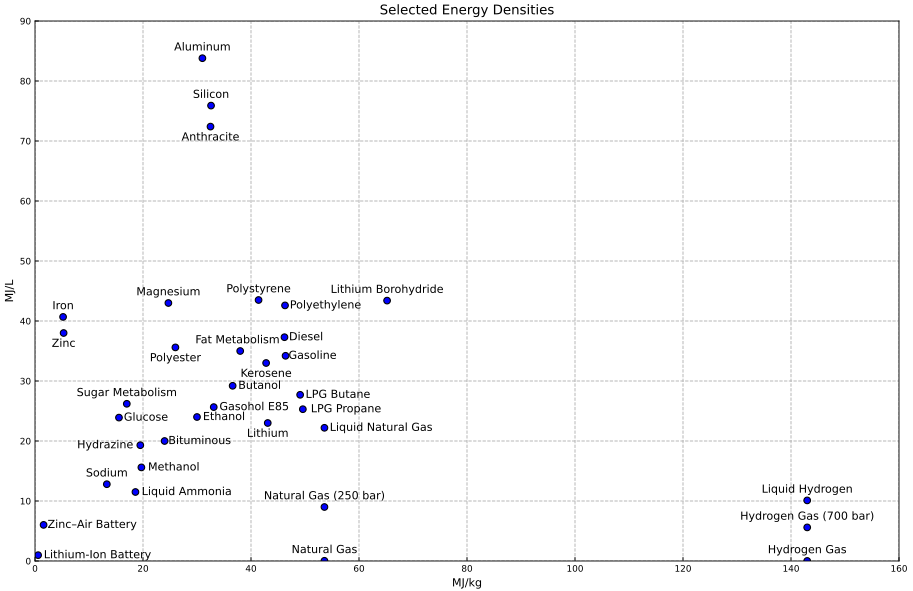
Open Access
Article
23 July 2025Harnessing Nature’s Colours: Experimental and Computational Insights into Bixa orellana Pigments for Next-Generation Dye-Sensitized Solar Cells
The potential of Bixa orellana (annatto) pigments, specifically bixin and norbixin, as sensitizers for dye-sensitized solar cells (DSSCs) was investigated. The pigments were extracted using various solvents (acetone, methanol, ethanol, and hexane), and their optical and photo-electrical properties were investigated using UV-Vis spectroscopy and photoelectrical analysis. Results indicate that acetone extract (a-AP) exhibited the highest power conversion efficiency (PCE) of 0.786%, attributed to its broad absorption spectrum and optimal electronic properties. Quantum chemical calculations revealed that both bixin and norbixin exhibit favourable frontier orbital energies and energy gaps, making them well-suited for efficient electron injection and light absorption. These findings position Bixa orellana pigments as promising, eco-friendly alternatives to conventional synthetic sensitizers, offering a pathway toward more sustainable, locally adaptable, and efficient solar energy harvesting.
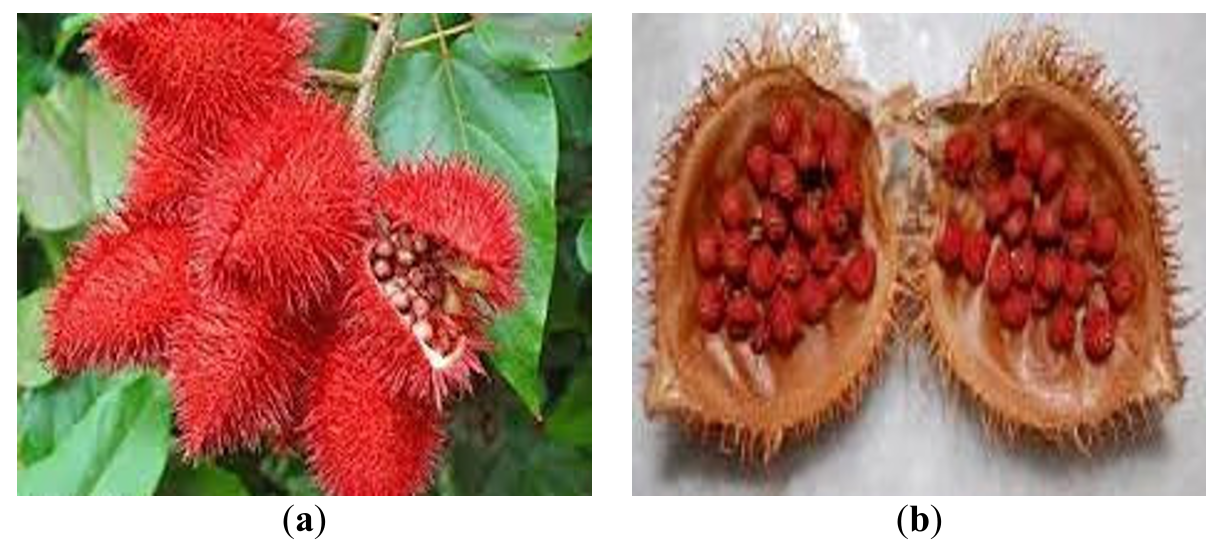
Open Access
Article
14 July 2025Correlation between Adsorption and Photocatalysis in the Aqueous System Cr(VI)-TiO2
The photocatalytic removal of Cr(VI) (0.80 mM, pH 2) using various commercially available photocatalysts (P25, UV100, PC50) was revisited, with particular attention given to Cr(VI) adsorption (as a Cr(VI)-TiO2 surface complex) and the formation of a Cr(III) hydroxide layer during the photocatalytic reduction. Cr(VI) adsorption followed a quasi-Langmuir-type isotherm, and the spectra of the Cr(VI)-TiO2 surface complex were deconvoluted into two Gaussian peaks, red-shifted when a rutile phase was present. Cr(VI) photoreduction exhibited nearly pseudo first-order kinetics, with P25 showing the highest reaction rate. Adsorbed Cr(VI) was reduced by eCB−, and the formed Cr(III) was retained over the TiO2 surface under non-equilibrium conditions, acting as a new adsorption site for Cr(VI). At longer reaction times, partial dissolution of the Cr(III) layer was observed. These findings suggest that the photoreduction kinetics are primarily governed by the slow adsorption of Cr(VI) onto the Cr(III) deposition layer. As an important conclusion, three consecutive processes never mentioned before take place: (1) reduction of adsorbed Cr(VI), (2) formation of Cr(III) over the photocatalyst and (3) adsorption of Cr(VI) over the deposited Cr(III) layer, together with partial Cr(III) redissolution. This insight provides a deeper understanding of the underlying photocatalytic mechanism.
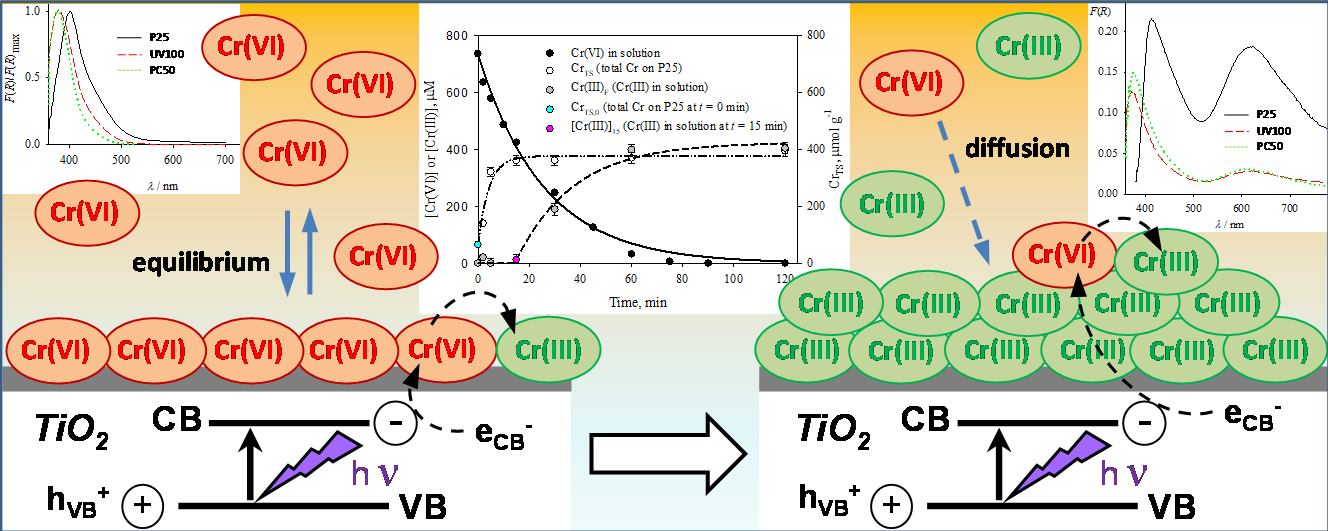
Open Access
Article
01 July 2025Experimental and Numerical Study of Formation Mechanism of Dual-Phase (AlCoCrFeNi)X HEAs Brazed Joints by Reactive Ni/Al Nano-Multilayers
The FCC + BCC dual-phase solid solution structure was obtained in the Al0.1CoCrFeNi/304SS brazed joints using Ni/Al reactive multilayer nano-foils, which was proved by combining experiments with simulation. In this study, Finite Element Analysis was achieved to analyze the diffusion behavior across brazing joints, which were subsequently interrelated with the formation mechanism of the brazed micro-structures during the brazing process. During brazing, the joint interface is tightly bonded, and the atoms are diffused sufficiently to form the solid solution zone. The representative microstructure of the joint mainly comprised hard BCC (Al-Ni) + ductile FCC (Co-Fe-Cr) dual-phase. The successful use of nano-multilayer foils as a HEAs filler design can broaden the application range of HEAs and provide a novel procedure for brazing 304SS and Al0.1CoCrFeNi HEAs, and developing a novel field in the manufacture of HEAs-related joints.
